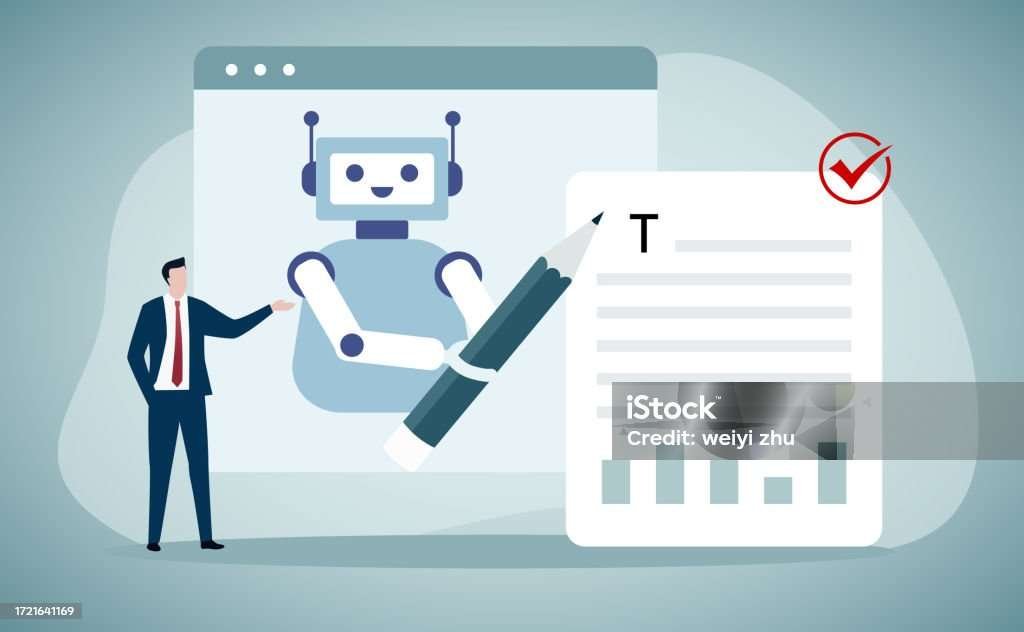How to Launch a SaaS Startup: A Step-by-Step Guide for 2025
The Software-as-a-Service (SaaS) model has transformed the way businesses deliver software—providing access through the cloud, recurring revenue streams, and scalable operations. If you’ve ever dreamed of building a tech product, launching a SaaS startup is one of the most exciting and high-potential paths you can take.
But how do you actually go from idea to launch?
In this complete guide, we’ll break down how to launch a SaaS startup in 2025—from ideation and validation to development, marketing, and scaling. Whether you’re a solo founder, developer, or a non-technical entrepreneur, this article will walk you through each step.
1. What is a SaaS Startup?
A SaaS (Software-as-a-Service) startup is a company that offers software to users via the internet, typically through a subscription model. Instead of installing the software locally, customers access it through a web browser.
Some famous SaaS products include:
- Slack (team communication)
- Shopify (e-commerce stores)
- Canva (design tool)
- Notion (productivity platform)
SaaS startups often operate with lower overhead, faster iteration cycles, and global reach from day one.
2. Step 1: Identify a Real Problem to Solve
Great SaaS startups solve painful, real-world problems. Your idea doesn’t need to be revolutionary—it just needs to be useful.
Ask yourself:
- What tasks are people wasting time on?
- Where are existing tools frustrating or outdated?
- What workflows are still being done manually?
Examples:
- Time-tracking for remote teams
- CRM tools for real estate agents
- Expense reporting for freelancers
Talk to real users. Comb through forums, Reddit, LinkedIn, Twitter, and niche communities. The gold is in their complaints.
3. Step 2: Validate the Idea Before Building
Do not build before you validate. This step alone will save you months of wasted effort.
Validation Methods:
- Surveys & Interviews: Talk to 15-20 potential users. Ask about their pain points, not if they “like your idea.”
- Pre-sell Your Product: Create a landing page, offer early bird pricing, and run ads or email campaigns.
- Build a Waitlist: Tools like Carrd, Tally, and ConvertKit can help you test interest.
If people aren’t willing to give their email or credit card—even for a future launch—you may need to rethink the problem.
4. Step 3: Define Your SaaS MVP (Minimum Viable Product)
An MVP is the simplest version of your product that delivers the core value.
Ask yourself:
- What’s the ONE job your SaaS must do well?
- Can it be built in 30–60 days?
Strip it down. Fancy dashboards, integrations, and features can come later. Focus on solving the problem first, beautifully and simply.
Example MVPs:
- A tool that only creates invoices (not estimates, reports, or payments)
- A social media scheduler that only supports LinkedIn
- A productivity app that tracks just tasks (no calendar or notes yet)
5. Step 4: Choose the Right Tech Stack (Even If You’re Non-Technical)
If you’re technical, pick a stack you know well and can move fast with (e.g., React + Node.js + PostgreSQL).
If you’re non-technical, you have options:
- No-code tools: Bubble, Glide, Webflow + Airtable
- Low-code platforms: Retool, OutSystems
- Hire a developer or agency: But make sure you own the IP and code.
Whatever route you take, build for speed and iteration—not perfection.
6. Step 5: Build or Outsource the Product
Once your MVP is clearly scoped:
- Start building it yourself, or
- Hire freelance developers via Upwork, Toptal, or Lemon.io
- Consider finding a technical co-founder if long-term development is key
Tips:
- Use GitHub or GitLab for version control
- Use project management tools like Trello, Notion, or Linear
- Don’t aim for perfection—get it functional
Set milestones: Basic prototype → Internal test → Private beta → Public launch.
7. Step 6: Pricing Models & Revenue Planning
Pricing is not just about revenue—it’s about positioning.
Common SaaS pricing models:
- Freemium: Free tier with premium upgrades (e.g., Notion)
- Subscription: Monthly or yearly pricing (e.g., $29/month)
- Pay-as-you-go: Based on usage (e.g., API calls, storage)
Tips:
- Start simple with 1–2 pricing tiers
- Offer a free trial (7–14 days)
- Use tools like Stripe or Paddle for billing and subscriptions
Plan your break-even point and how many customers you need to hit profitability.
8. Step 7: Launching Your SaaS Product
You’ve built it. Now it’s time to ship it.
Soft Launch (Beta):
- Invite 10–50 early users
- Gather feedback, fix bugs, and improve UX
- Use tools like Hotjar, Mixpanel, or PostHog for analytics
Public Launch:
- Product Hunt (huge exposure opportunity)
- Hacker News, Reddit, Indie Hackers
- LinkedIn, Twitter, startup communities
- Email your waitlist and early supporters
Create launch assets: explainer video, landing page, press kit, user testimonials.
9. Step 8: Acquire Your First Users
Your first 100 users are the hardest. But they are also the most important.
Marketing Tactics That Work:
- Content Marketing: Start a blog, write tutorials, compare tools
- Cold Outreach: Personalized emails to your target niche
- Communities: Participate in Facebook groups, Slack channels, subreddits
- Partnerships: Co-marketing with complementary tools or influencers
- Referral Programs: Reward users for bringing others
Focus on high-touch support early on. Treat your first users like gold—they’ll shape your product and tell others.
10. Step 9: Measure, Iterate, and Scale
Once live, SaaS is a continuous loop: Measure → Learn → Improve.
Key Metrics:
- Activation rate: Are users getting to their “aha!” moment?
- Churn rate: Are they leaving? Why?
- LTV/CAC ratio: Is the customer lifetime value higher than your acquisition cost?
- Monthly Recurring Revenue (MRR): Your primary growth metric
- Net Promoter Score (NPS): Are users recommending your product?
Talk to users weekly. Ship updates. Monitor usage. Fix what’s broken. Test pricing. Improve onboarding.
Then start investing in:
- SEO
- Paid Ads
- Sales teams
- Fundraising (if needed)
- New features based on customer demand
11. Conclusion
Launching a SaaS startup may sound complex, but it’s more accessible today than ever before. With the right problem, a clear MVP, and a lean go-to-market strategy, you can build a meaningful business that scales globally.
Here’s the truth: you don’t need to be a coder or raise venture capital to start. What you do need is commitment, speed, feedback loops, and the discipline to keep improving.
Now that you know how to launch a SaaS startup, the next step is up to you.
Frequently Asked Questions
Q1: Do I need a technical co-founder to launch a SaaS product?
Not necessarily. With no-code tools and affordable freelancers, non-technical founders can launch MVPs successfully.
Q2: How much does it cost to launch a SaaS startup?
Costs vary, but many founders launch MVPs with less than $5,000 using lean strategies and no-code tools.
Q3: Should I raise funding before launching?
Only if you need it. Most SaaS founders start bootstrapped until they reach product-market fit.




